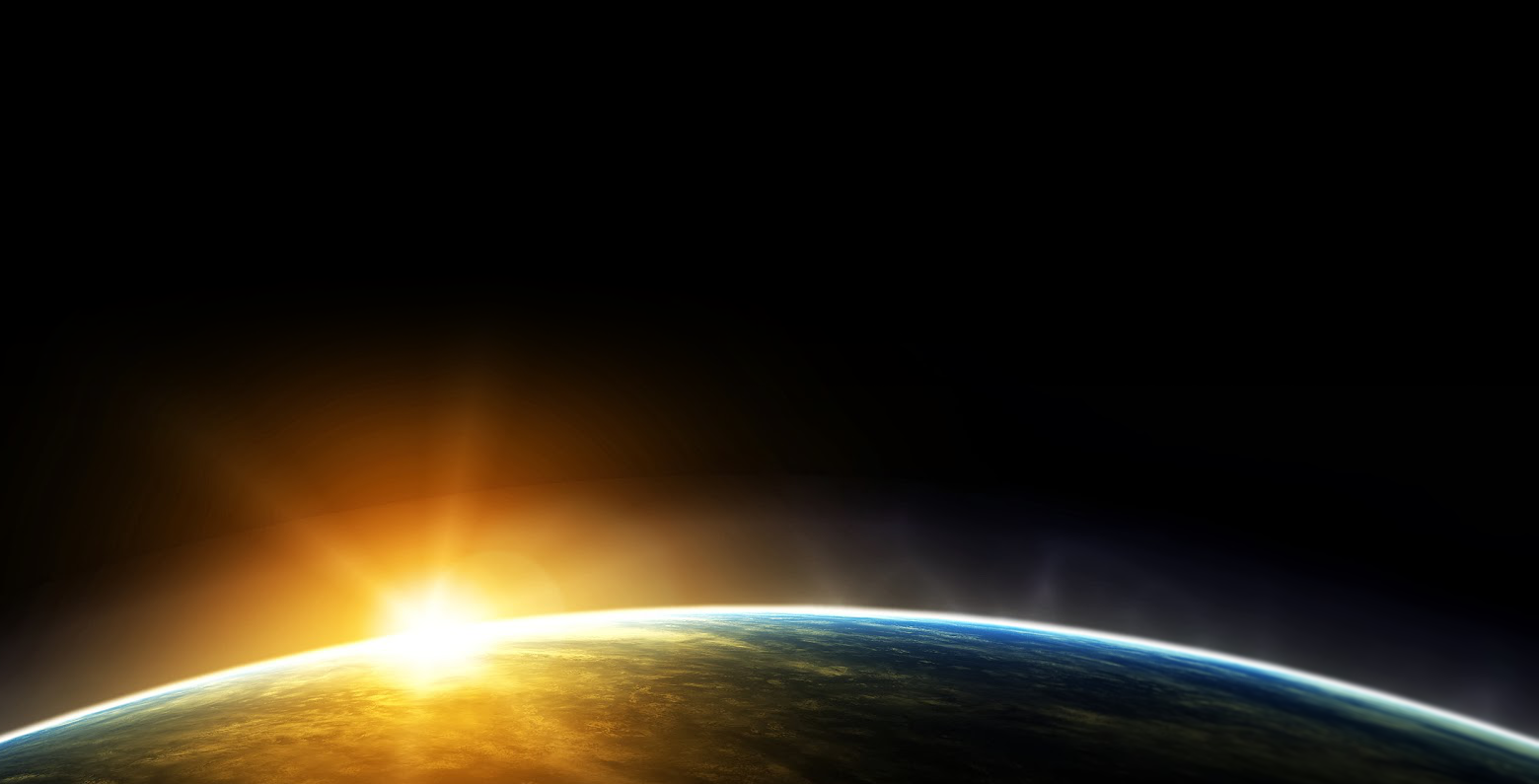I perceive tarot as a language through which I connect with my higher self. Similar to any language, the language of tarot undergoes transformations. Some elements may be lost, inaccuracies may emerge, yet others evolve into new manifestations.
Personally, I primarily use The Rider Tarot, although I believe most tarot cards and interpretations can offer value. Rather than fixating on the absolute correctness of current cards and interpretations, I advocate for developing a deep familiarity with the cards and establishing an intimate connection with one’s higher self, enabling the proper utilization of the cards.
If certain cards and interpretations deviate significantly from tradition, I believe it’s reasonable to discard them. Conversely, if the cards and interpretations align acceptably, debating their correctness becomes irrelevant; one should simply commence using them.
For me, the utmost priority is nurturing this ‘intimate relationship with the higher self,’ which is my focal point. I possess the Rider cards and rely on a specific interpretation book.
Before I commence a reading, I dedicate time to contemplate these cards, gazing at them and absorbing the interpretations (read them all at least once), all while directing my intention towards my higher self. This intention could be expressed as follows: ‘I will employ these cards. I will refer to this interpretation book. Higher self, become acquainted with it; let it serve as a conduit for communication between us.’
Subsequently, once I have the card spread, I focus on the images depicted on the cards in my possession while adhering to the interpretations from my chosen book.
If I would like to take into account reversed cards in the spread and wish to explore them, I approach them with the message to my higher self: ‘Reversed cards hold significance. I will focus on the both layout. Higher self, please consider this at the next card deal.’ If, on the contrary, I would like to disregard these cards, I would approach Tarot with the opposite intention.
To summarize, I believe that while there are reasonable limitations in the graphic depiction and interpretation of tarot cards, the crux lies in establishing communication with one’s higher self. It is through this ‘language’ of tarot cards that the higher self communicates its chosen messages (from the higher self’s consciousness/unconscious mind to the consciousness of the 3rd density self/conscious mind). What we can do is ensure, for our part, that this information is transmitted without loss, and our higher self will complete the rest.



